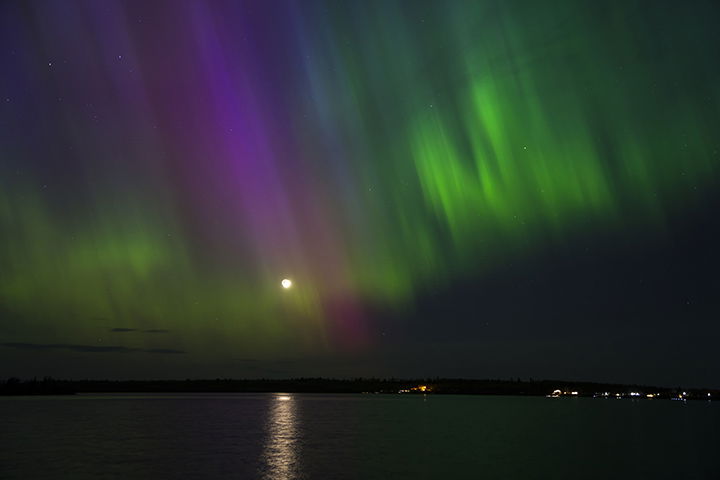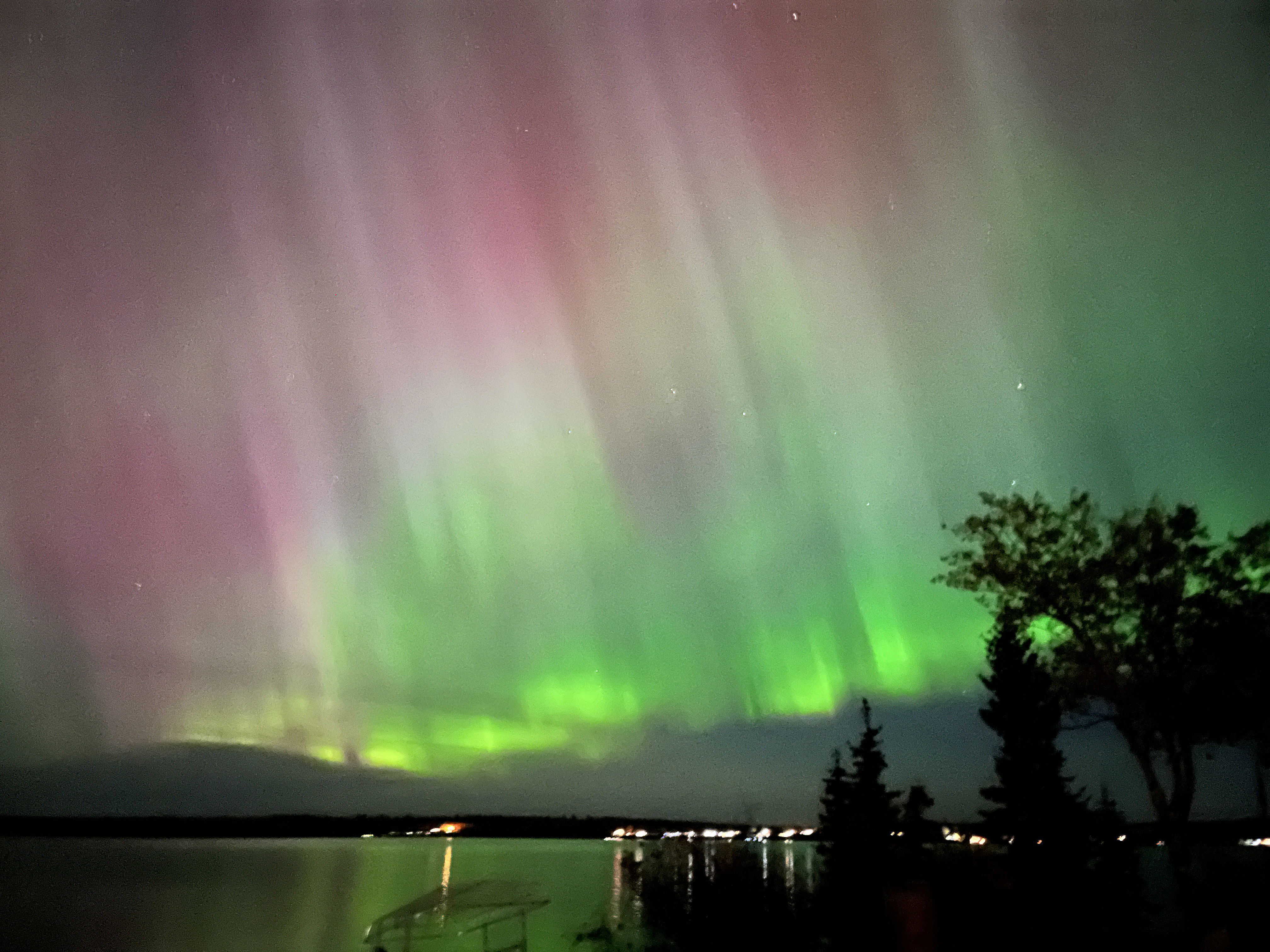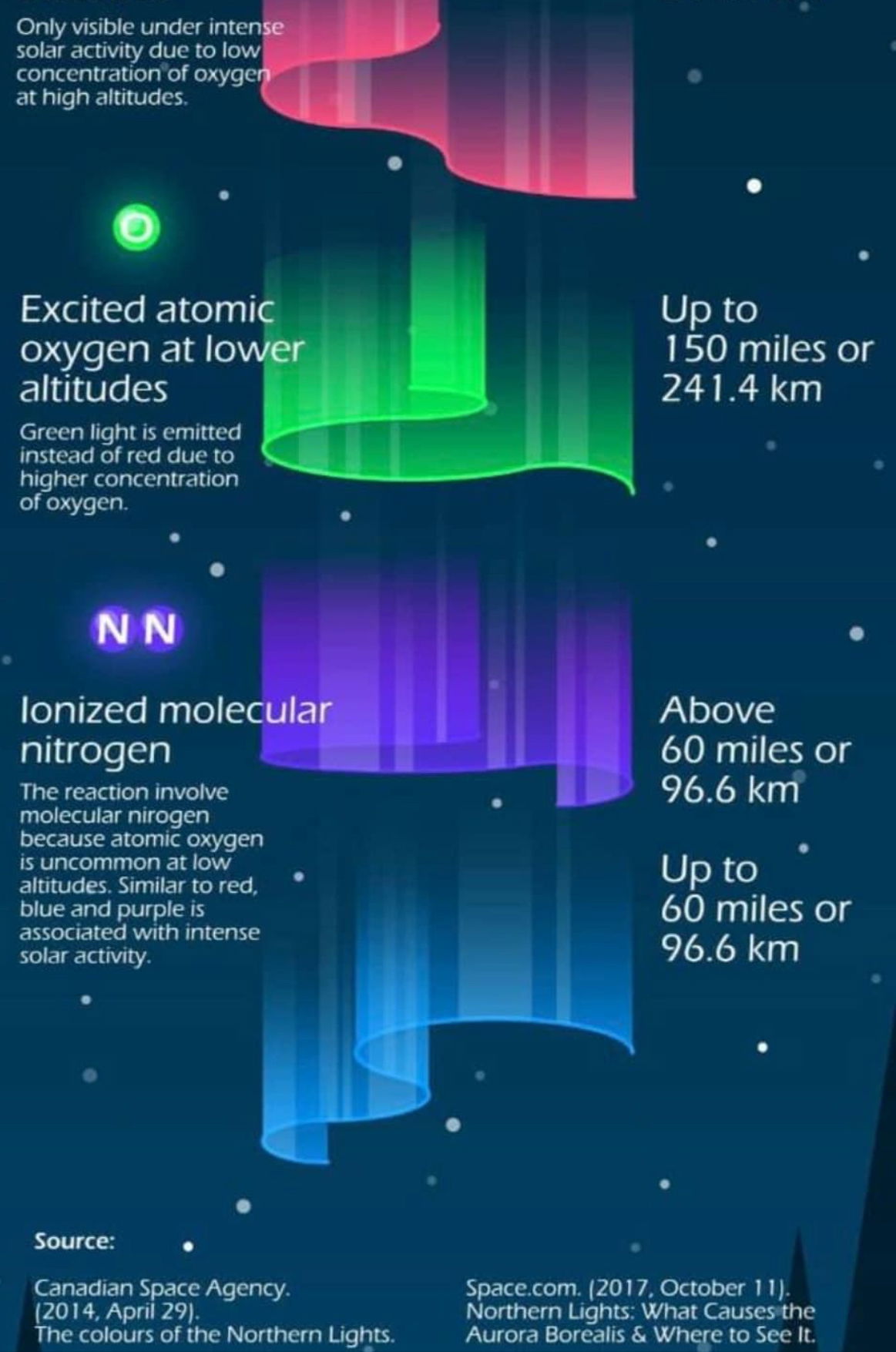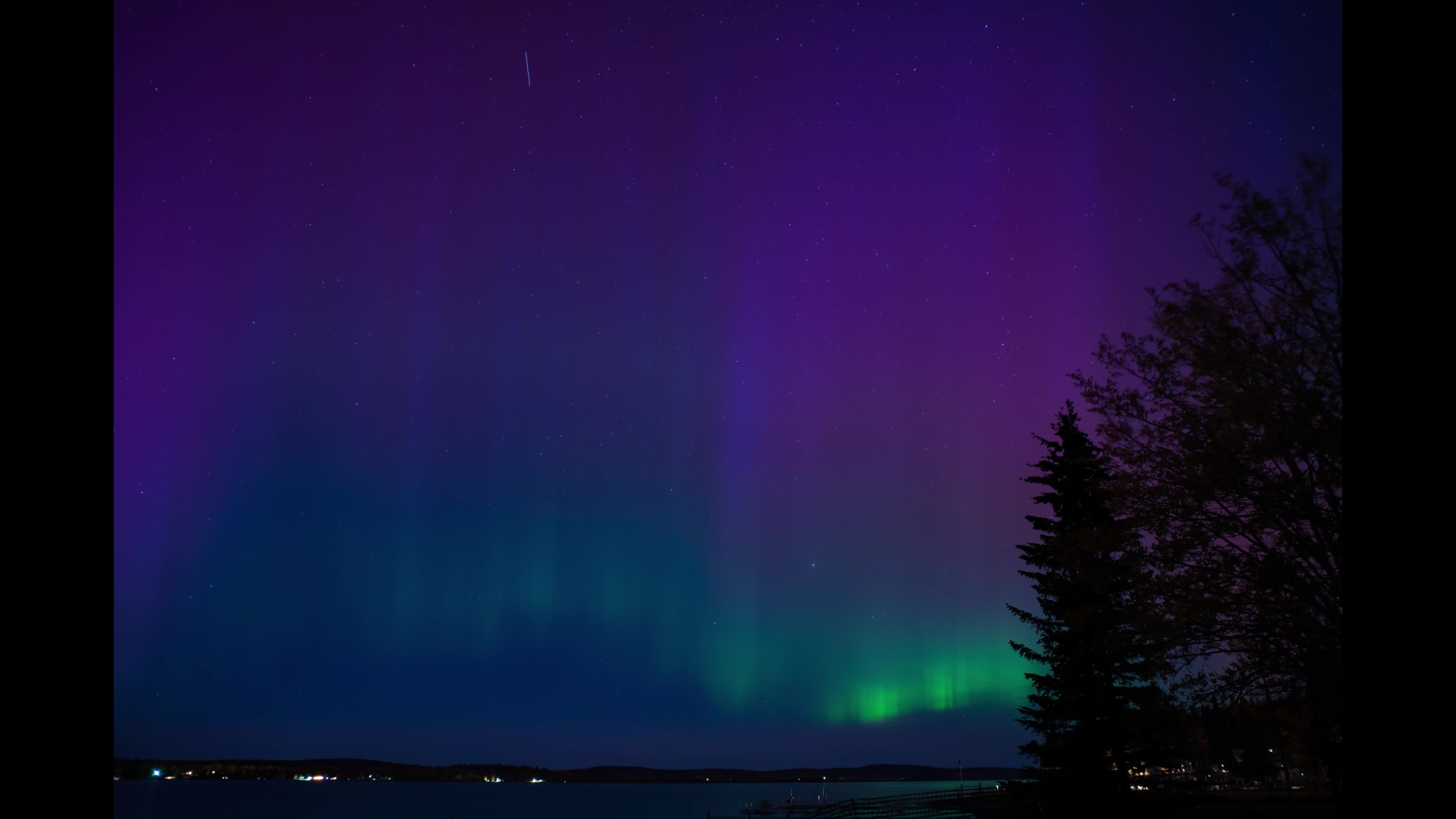The Northern Lights at Green Lake
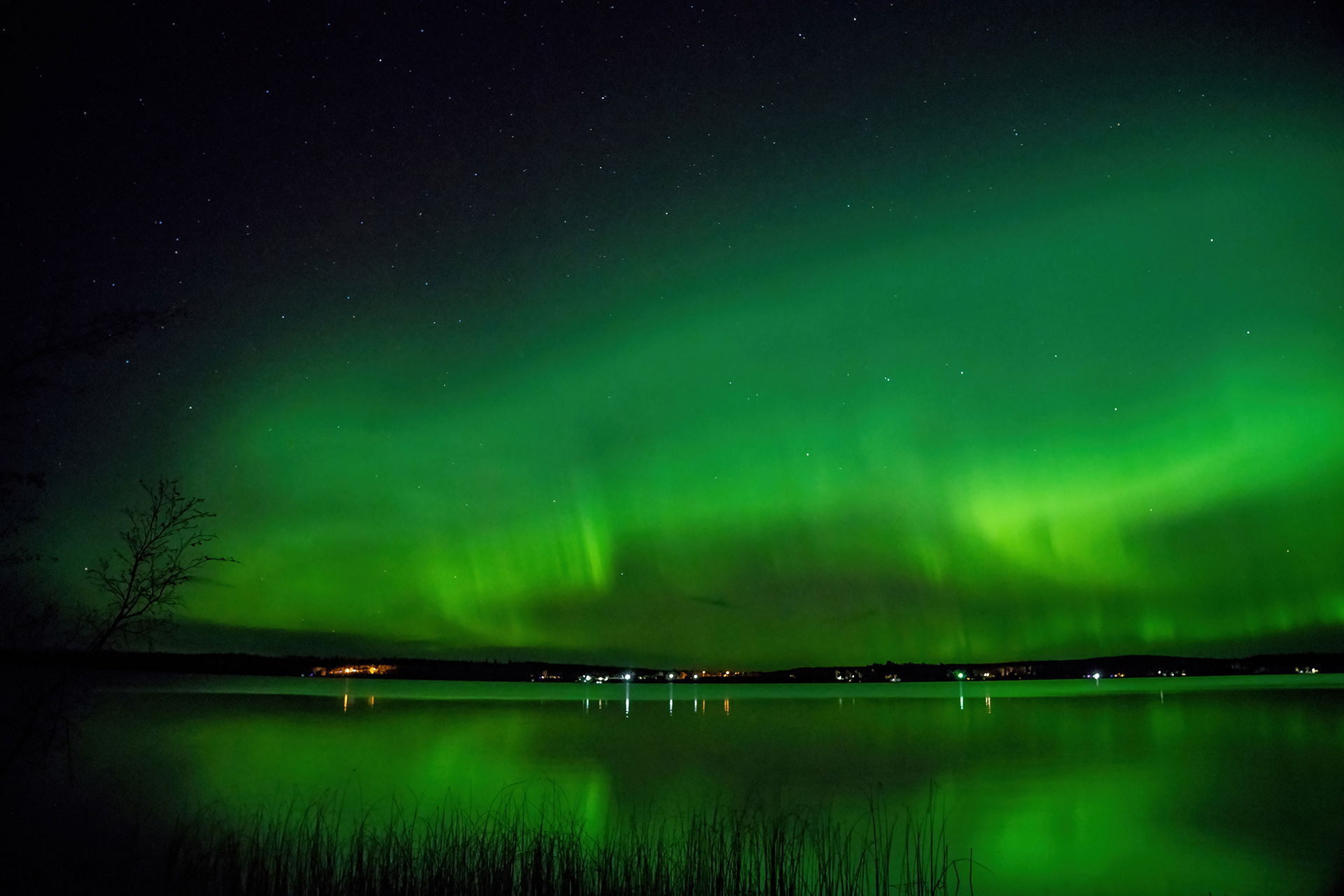
What used to be a once-in-a-lifetime event - or a bucket list trip to the Arctic circle – has become a more common sight the last several years at Green Lake.
On Friday night, (May 10, 2024), the stunning colours of the Northern Lights were visible to the naked eye even across much of the USA. Experts say the Northern Lights, (Aurora Borealis), are more visible right now due to the sun being at what astronomers call the “maximum” of its 11-year solar cycle. What this means is that roughly every 11 years, at the peak of this cycle, the sun’s magnetic poles flip, and the sun transitions from sluggish to active and stormy. On Earth, that’d be like if the North and South Poles swapped places every decade.“
At its quietest, the sun is at solar minimum. During solar maximum, the sun blazes with bright flares and solar eruptions,” according to Nasa, the US space agency. The current 11-year cycle, the 25th since records began in 1755, started in 2019 and is expected to peak next year (2023). As a result, the conditions that created the recent activity will be in place for many months to come.
The solar eruptions that caused the latest round of sparkling lights in the night sky began on 8 October, when a huge sunspot erupted on the sun's surface 93 million miles (150 million kilometres) away. The eruption sent a stream of electrically charged particles called ions towards Earth. This stream is known as solar wind. Aurora displays occur when the charged particles collide with gases in the Earth's atmosphere around the magnetic poles.
Source: Max Matza BBC News
The intensity of the display, and how far south it can be seen, depends upon the strength of the solar emission. We are so very fortunate to live in an area that has minimal light pollution!
Pictured below is the strongest display I've ever seen at Green Lake so far. What a magical night!
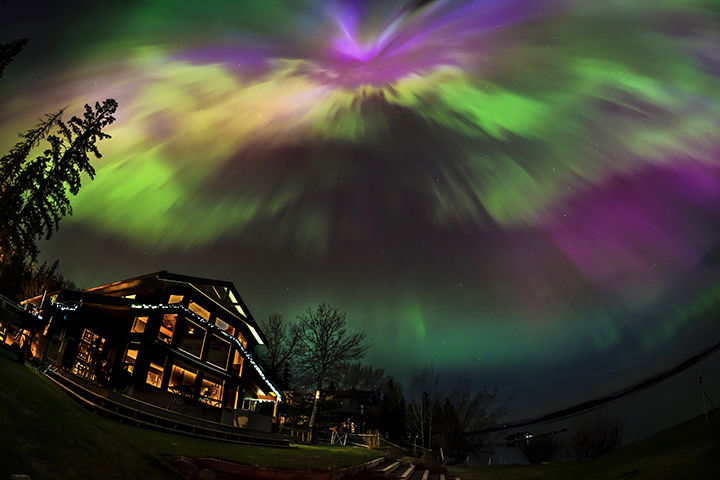 W Lowe photo May 10, 2024
W Lowe photo May 10, 2024Aurora displays are never the same, and come in many varieties. Below is one of the stranger ones, called a "picket fence" display. It is not common, and is sometimes associated with the phenomenon called "STEVE"
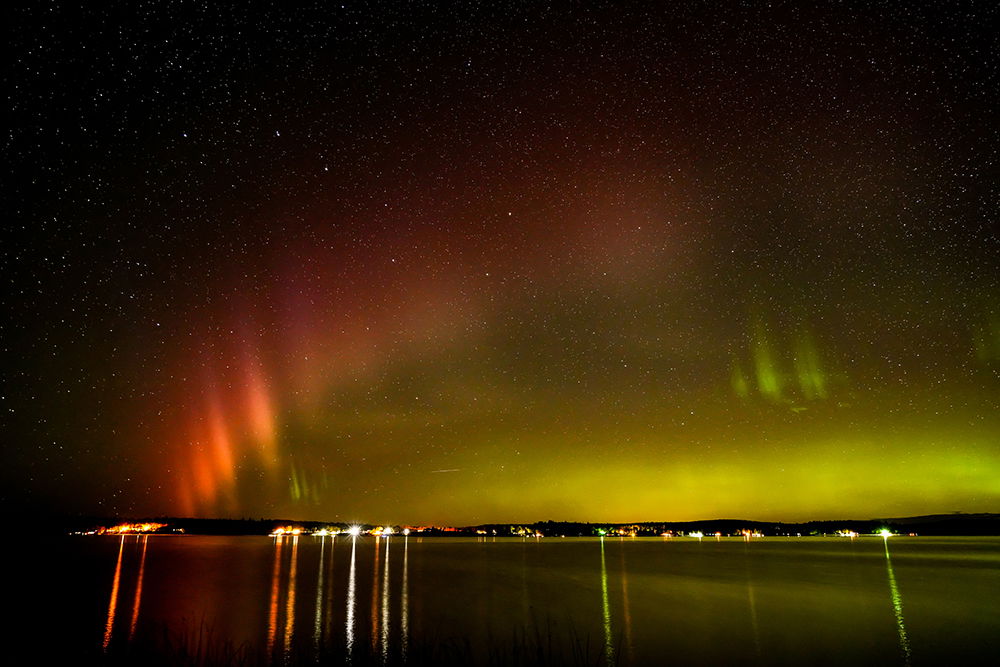 Warren Lowe photo Aug 6, 2022
Warren Lowe photo Aug 6, 2022STEVE is an acronym for 'Strong Thermal Emission Velocity Enhancement'. It's an atmospheric optical phenomenon named in late 2016 by aurora watchers from Alberta. STEVE shows up as a bright and long shaft of light. Usually white, sometimes with some reds and greens or other colours. Here is a fantastic shot of STEVE with the prominent "picket fence" display:
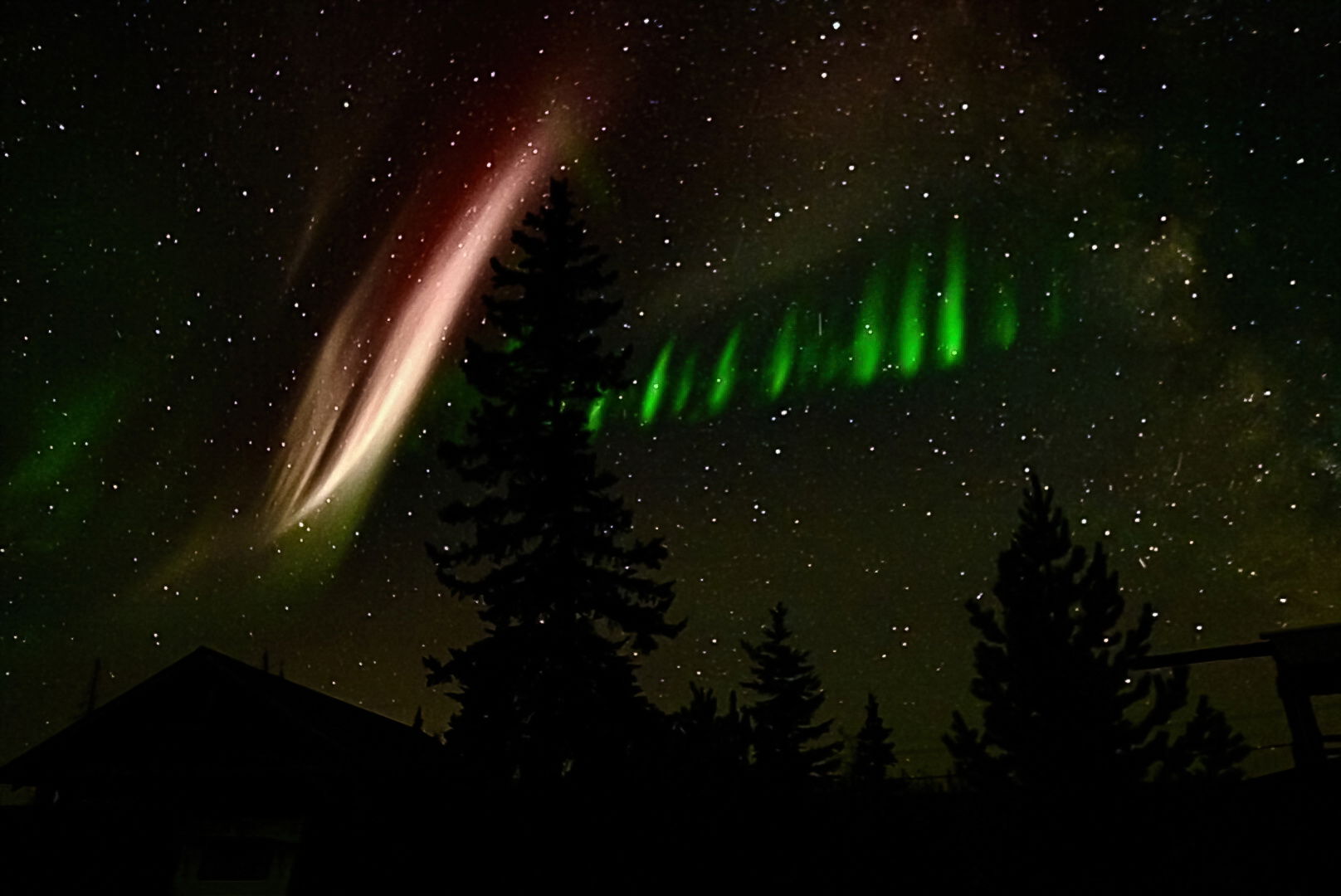 Lorne Smith photo
Lorne Smith photoSuper Nerds can learn more about STEVE here: https://physics.berkeley.edu/news/when-aurora-not-aurora#:~:text=And%20while%20the%20particles%20that,it%20does%20the%20common%20aurora.
I find it fascinating, so I guess that makes me a Super Nerd. Haha! Oh well.
Here is a short time-lapse sequence that shows how the aurora dances and moves around in the sky!
Colours of the Aurora
- Green: Green is the most common colour seen from the ground and is produced when charged particles collide with oxygen molecules at altitudes of 100 to 300 km.
- Pink and dark red: Occasionally, the lower edge of an aurora will have a pink or dark red fringe, which is produced by nitrogen molecules at altitudes of around 100 km.
- Red: A bit higher in the atmosphere (at altitudes of 300 to 400 km), collisions with oxygen atoms produce red auroras.
- Blue and purple: Finally, hydrogen and helium molecules can produce blue and purple auroras, but these colours tend to be difficult for our eyes to see against the night sky.
Canadian Space Agency
Here are some of the aurora I've captured over the years, to show the variety:
2016
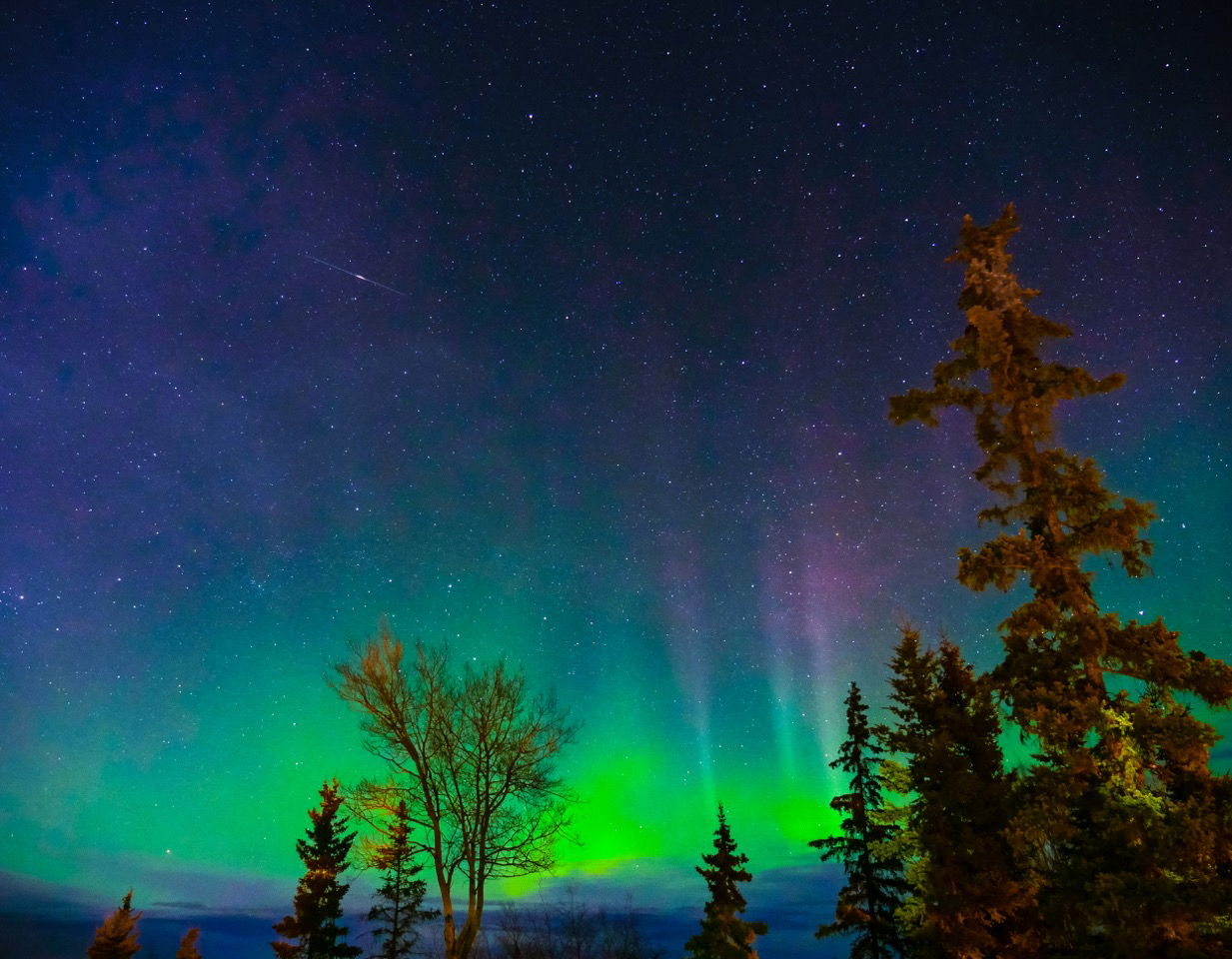
2021
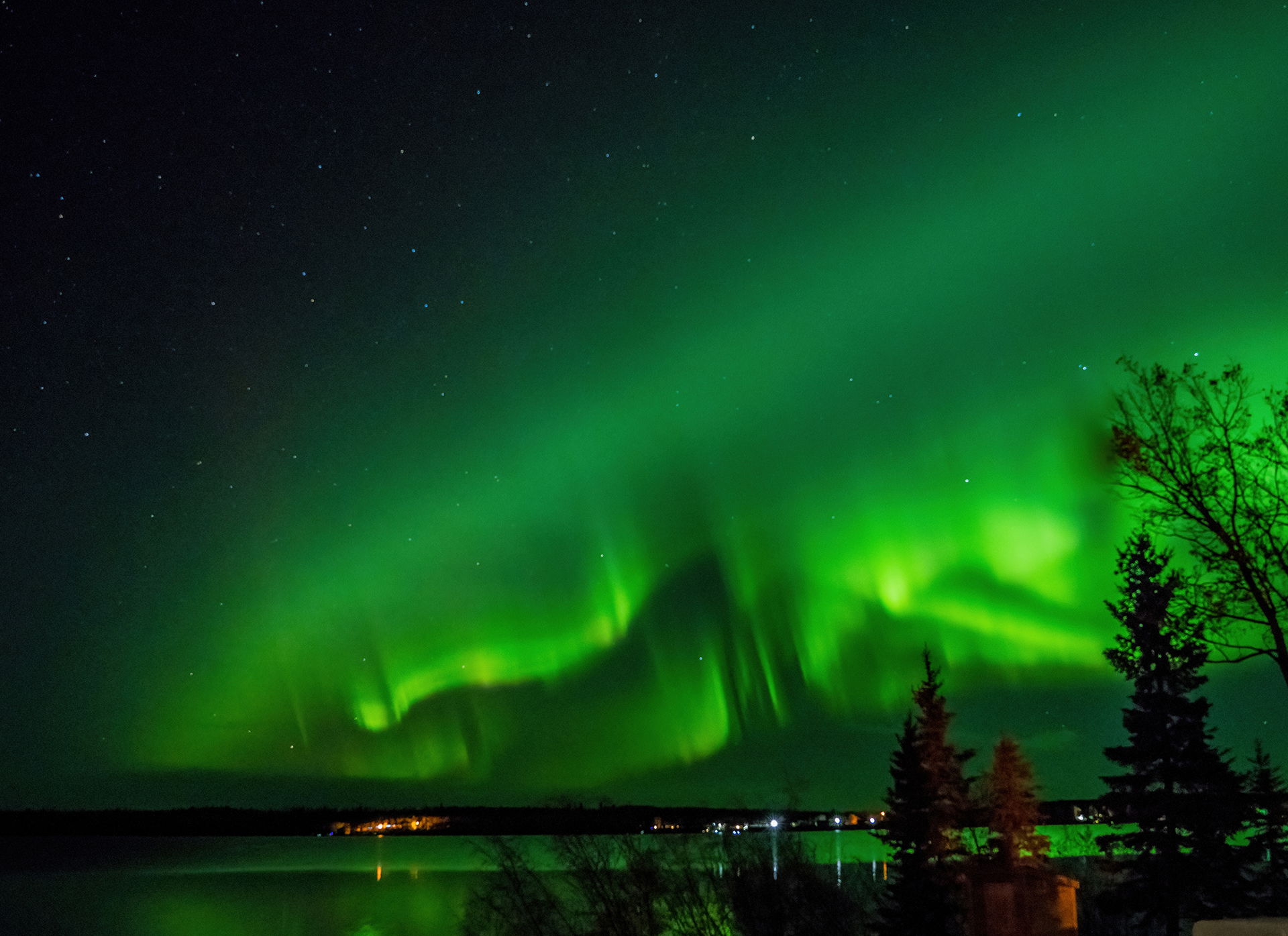
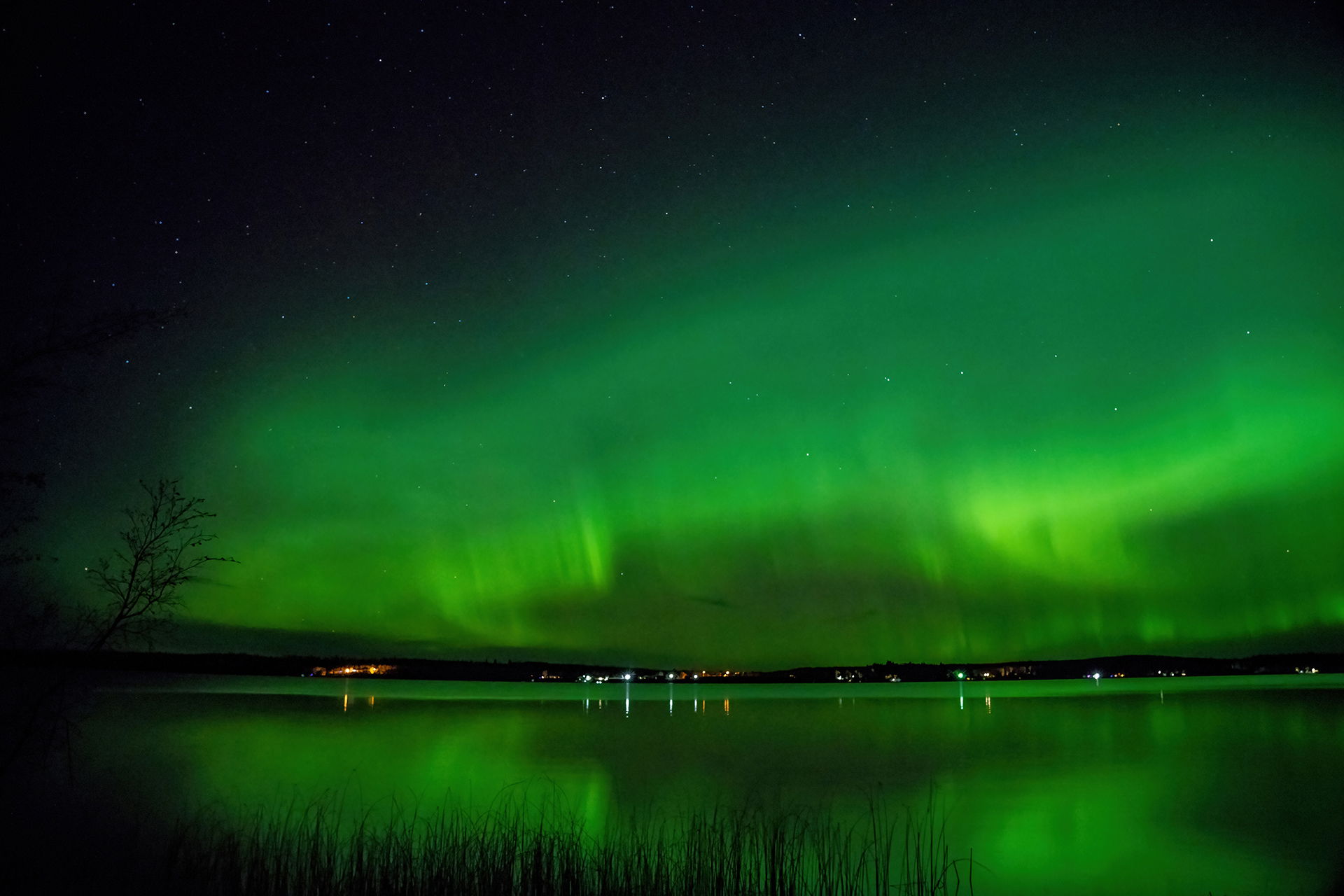
2022
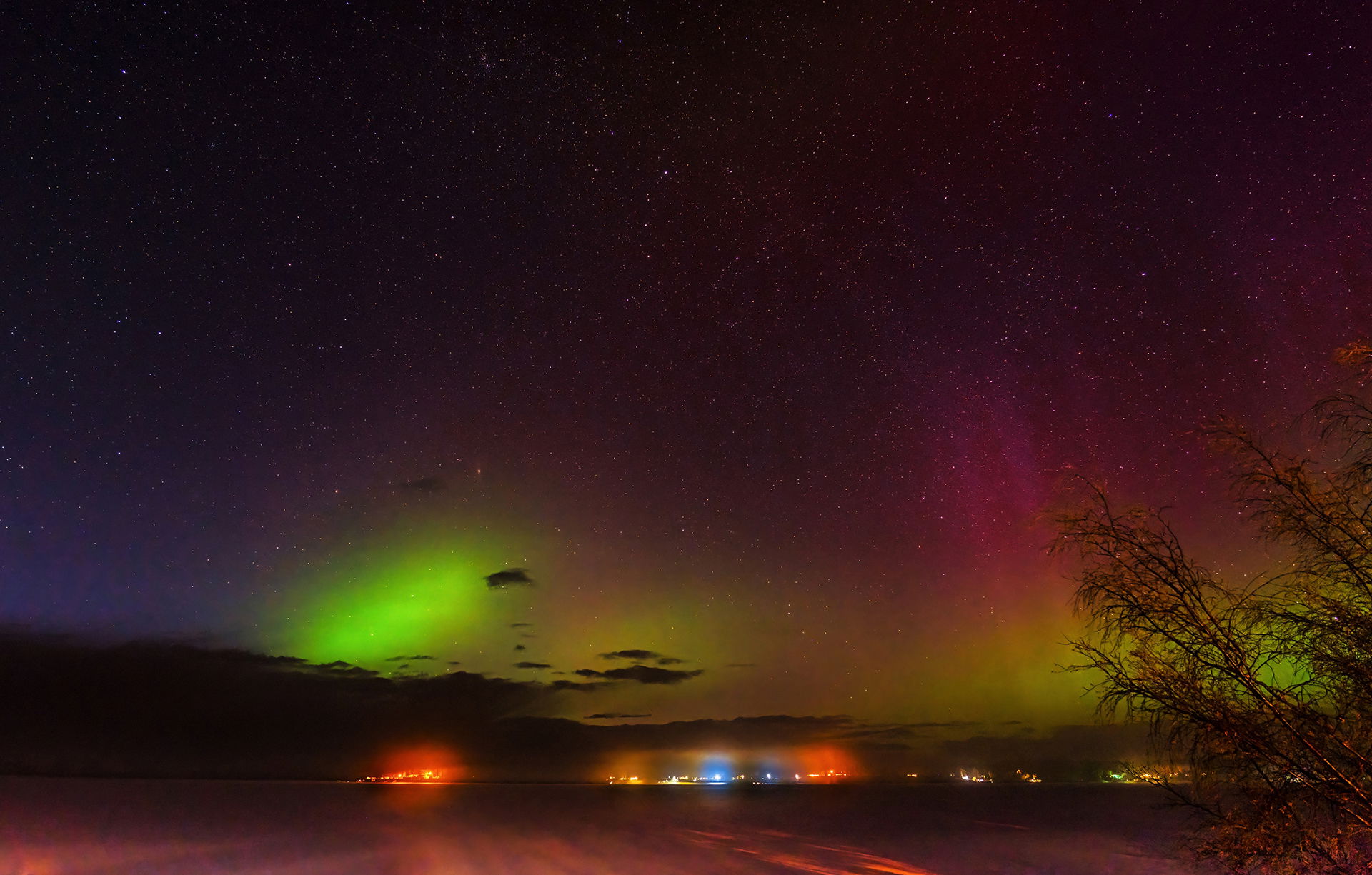
2023
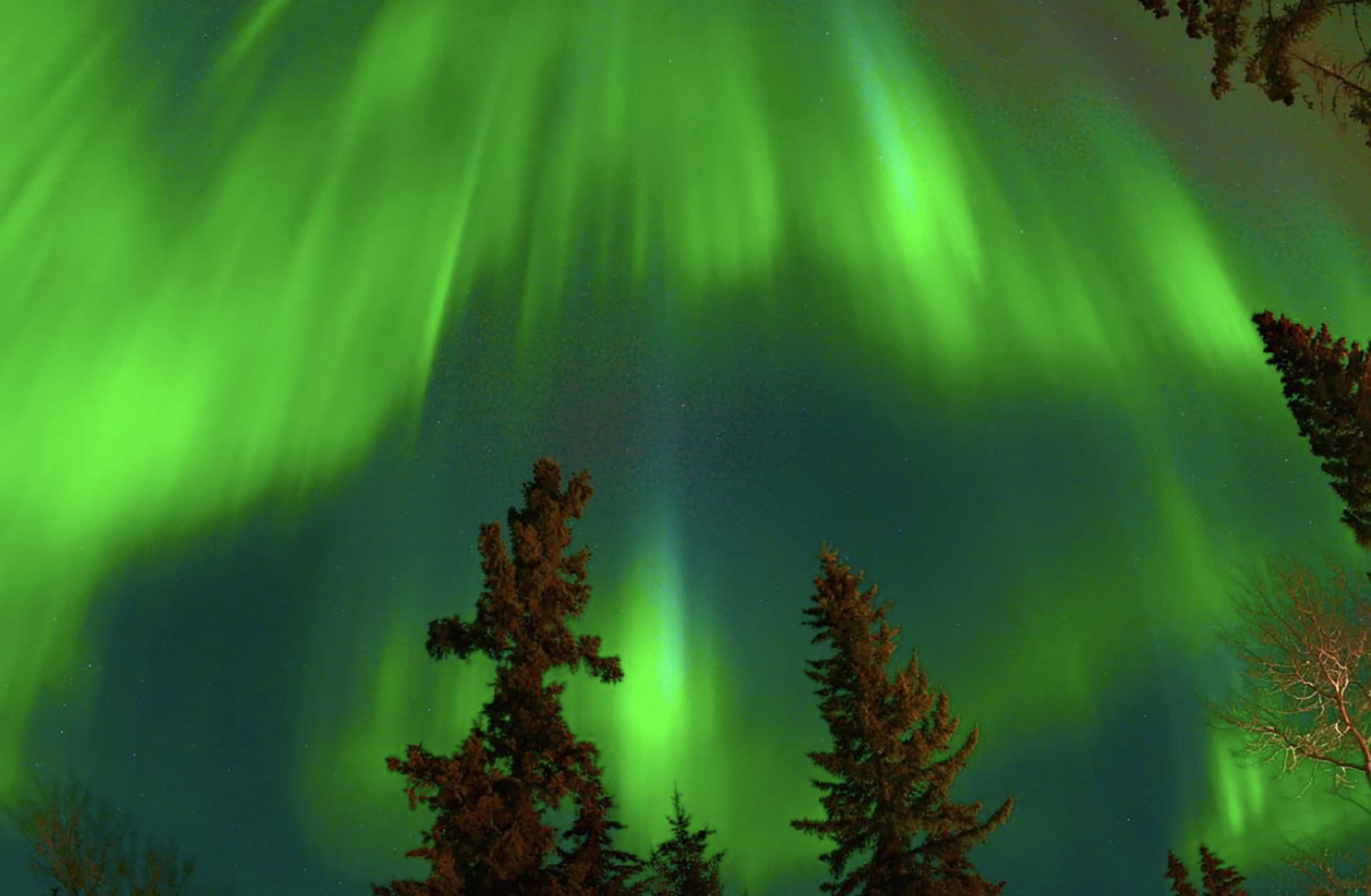
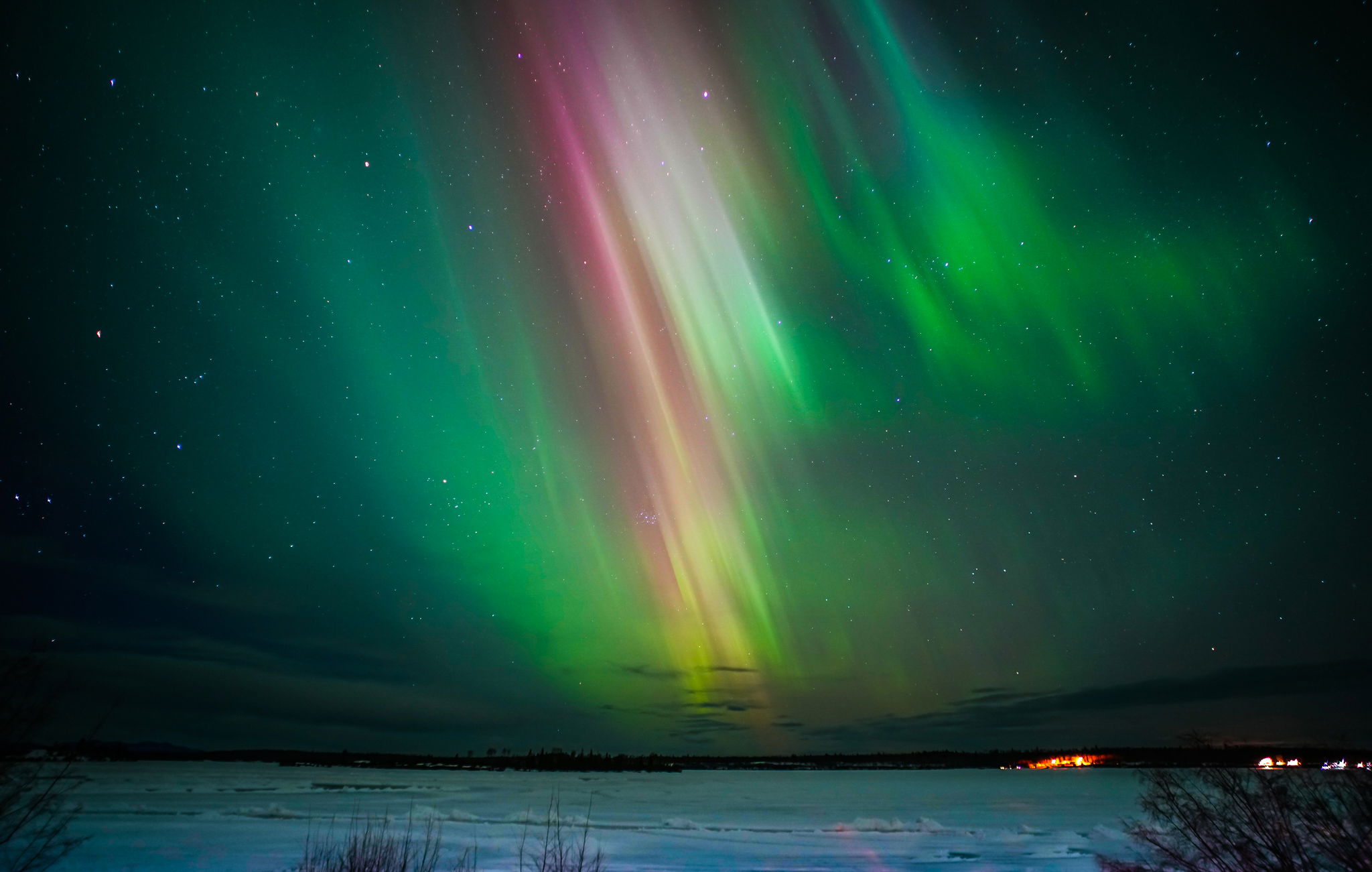
2024
